
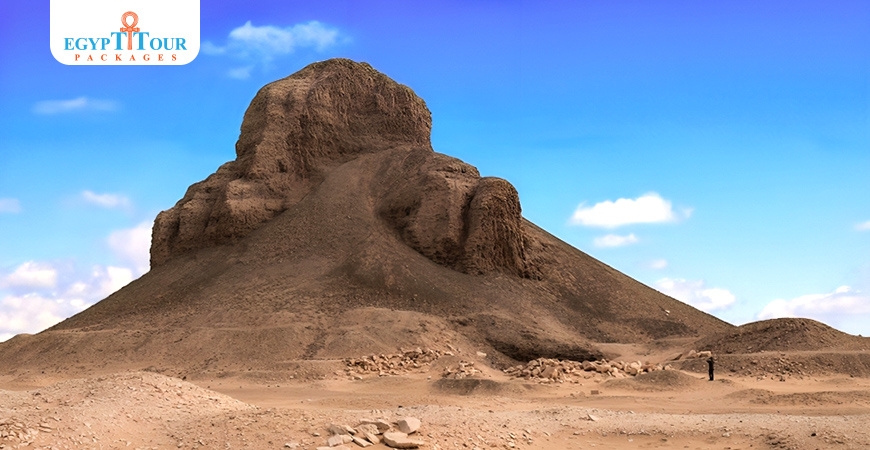
The Black Pyramid Facts
King Amenemhat III constructed the Black Pyramid in Egypt during the Middle Kingdom. Out of the original eleven pyramids in Dahshur, it is among the five t
The Black Pyramid
Located approximately 2km east of Snefru's The Bent Pyramid, constructed by Pharaoh Sneferu during the Old Kingdom, is an ancient Egyptian pyramid situated in the royal necropolis of Dahshur. Bent Pyramid in Dahshur, there is a ruined structure that stands out from the sand. This structure, which is one of three pyramids from the Middle Kingdom, appears more like a rocky formation rather than a pyramid. Referred to as the 'Black Pyramid', it was constructed by Amenemhet III using dark unfired mudbrick as its core, unlike other pyramids that had a stone framework for stability. Over time, the outer layer of limestone was removed by robbers, resulting in its peculiar shape. Amenemhet III , the son and successor of Senwosret III, was a prominent ruler of Dynasty XII and also built a pyramid in Dahshur.
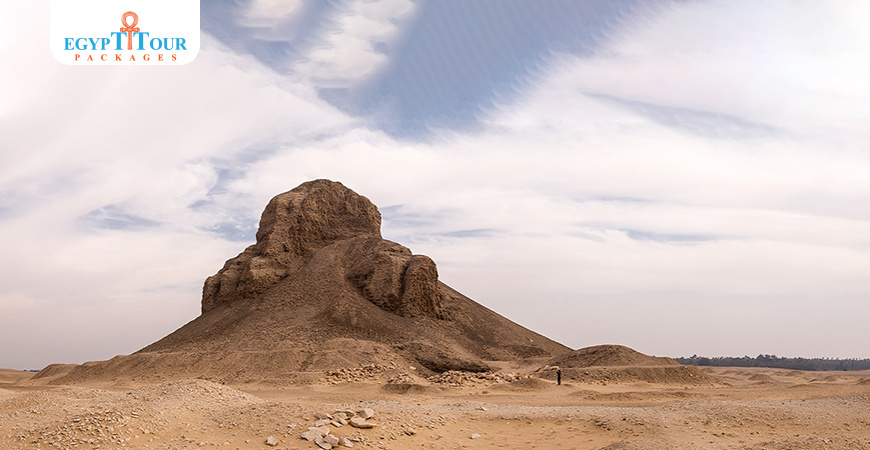
The Black Pyramid of Amenemhat III
The King of the Twelfth Dynasty ruled for approximately 45 years. He is well-known for constructing the mortuary complex at Hawara, which is believed to be the impressive 'Labyrinth' mentioned by ancient Greek authors. Additionally, the king built various other structures in the Fayum region, such as a temple in Medinet Maadi and colossi in Biahmu, showcasing his interest in the area. Initially, the king's first pyramid was built in Dahshur, but due to ground issues, a different location (Hawara) was chosen for a second pyramid towards the end of his reign. During the Ptolemaic and Roman Periods, the king was revered as a deity in the Fayum. The sculptures of the king are notable for their unique statue types.

Pyramidion of Amenemhat III
Perring and Lepsius visited the Black Pyramid in the mid-1800s. Jacques de Morgan and Georges Legrain first investigated it in 1894-5. In 1900, during an inspection by the Egyptian Antiquities Organisation, a beautiful dark basalt pyramidion with hieroglyphic inscriptions was found on the eastern side of the structure. It is now in the Cairo Museum. It is uncertain if the pyramidion was ever placed on top of the pyramid, but its excellent condition suggests otherwise. The inscriptions on the small monument are missing the name of the God Amun, possibly removed during Akhenaten's reign. The German Archaeological Institute in Cairo, led by Deiter Arnold since 1976, has conducted further investigations on the Black Pyramid in recent times.

The Black Pyramid of Amenemhat III in Dahshur
The pyramid's substructure has a unique design compared to other Dynasty XII structures. It has two entrances that are connected by corridors. The first entrance is located on the south-east corner of the eastern side and has a staircase leading down to a maze of passages, chambers, and side-chambers on the eastern side of the pyramid. The royal burial chamber, which had a vaulted roof, was positioned from east to west and was covered in fine white limestone like the other underground chambers. On the western side of the burial chamber, a large empty sarcophagus made of pink granite was discovered.The pyramid has two entrances, one on the eastern side and one on the western side. The second entrance, located on the western side, is a mirror image of the first entrance. It leads to the burial chambers of two queens who were married to Amenemhet. The first chamber, which can be reached from the descending corridor, belonged to Queen Aat. In this chamber, a sarcophagus was discovered, decorated similarly to the king's sarcophagus. Alongside the sarcophagus, a canopic chest and various funerary items were found, which had been left behind by robbers. The owner of the second chamber remains unknown, but another sarcophagus was found in this chamber as well.
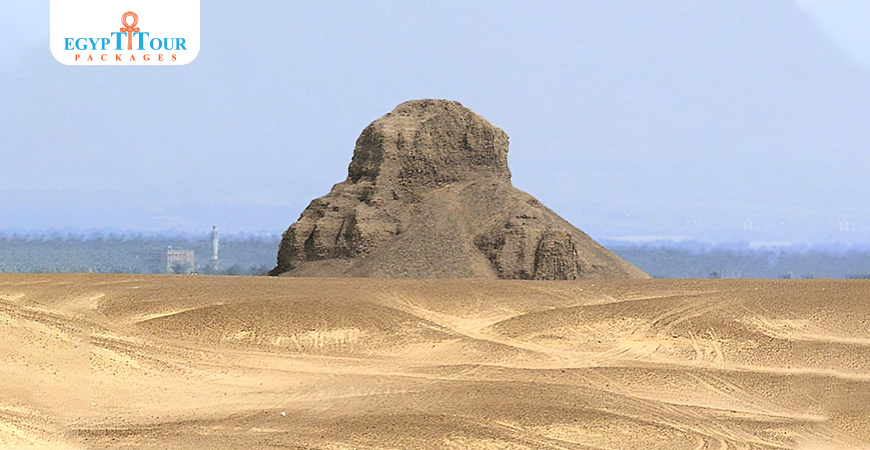
The Black Pyramid of Amenemhet III
The king's and queens' chamber are connected by a different set of passages through an underground corridor on the southern side of the pyramid. Some experts believe that this corridor could be a "south tomb" like the one Djoser built at Saqqara.
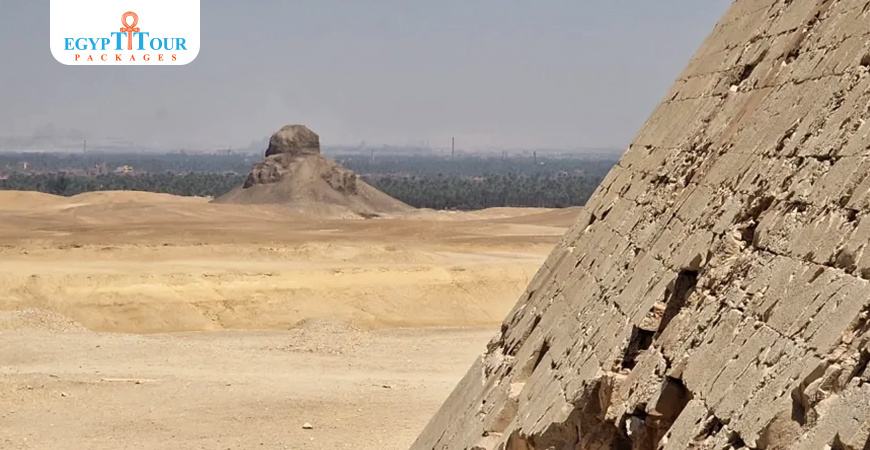
What happened to Amenemhat III pyramid?
The pyramid is encircled by two walls made of mudbricks and plaster. The first wall, adorned with niches on its outer sides, divided a basic mortuary temple on the east, which is now mostly ruined. The interior of the funeral temple included a lengthy hall for offerings up to the first wall, while the exterior had a spacious courtyard with a portico held up by 18 papyrus columns. There might have been a small chapel on the northern wall of the pyramid, but it no longer exists. De Morgan discovered a row of ten tombs between the inner and outer northern walls. These tombs belonged to members of Amenemhet's family. One of the tombs, located at the eastern end, was taken over by a little-known king from Dynasty XIII named Hor-Awibre. His mummy was found in a wooden coffin in the tomb. Among the funerary items found was a wooden statue called a ka statue, which is now displayed in the Cairo Museum. There was also a canopic chest with the seal of Nimaatre (Amenemhet III), which has puzzled Egyptologists. They now suggest that this name may actually refer to Khendjer, one of Hor-Aw-ib-re's successors. The next tomb belonged to Princess Nub-hotepti-khered.

How old is the black pyramid in Egypt?
The mortuary temple was connected to a damaged valley temple by a wide mudbrick causeway. The valley temple had two open courts built on terraces and was the first Dynasty XII temple to be partially cleared. In Amenemhet's valley temple, a limestone model of subterranean chambers from an unknown Dynasty XIII pyramid was discovered, along with the name of Amenemhet IV. On the northern side of the causeway, there are remnants of residential buildings for temple staff. Although Amenemhet III was not buried in his Dahshur pyramid, there were likely funerary rituals for his queens. Fragments of Queen Aat's false door were found in these buildings.
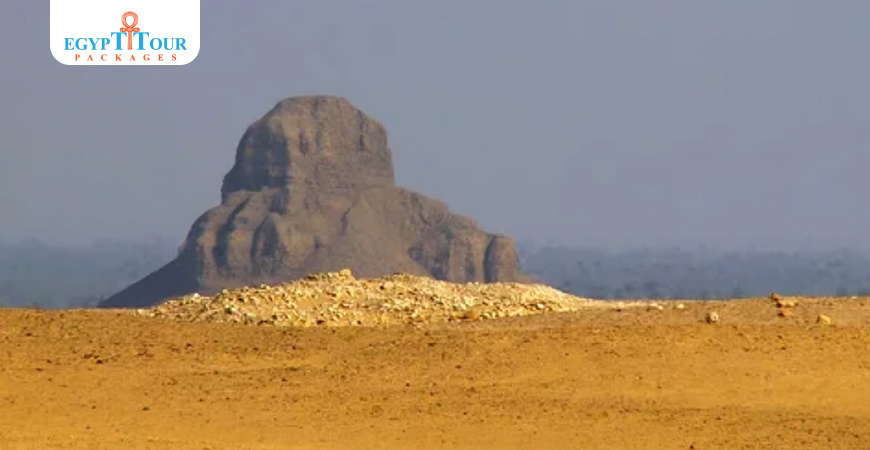
What is the black stone pyramid?
Amenemhet III appears to have nearly finished and then left his pyramid at Dahshur around the 15th year of his rule. He started a new monument at Hawara, where he was eventually buried. The construction of the Dahshur pyramid became unstable due to the pressure on the underground chambers. This was likely because it was built on unstable ground too close to the Nile valley floor, similar to the mistake made by Snefru with his ' The Bent Pyramid, constructed by Pharaoh Sneferu during the Old Kingdom, is an ancient Egyptian pyramid situated in the royal necropolis of Dahshur. Bent Pyramid '.
How to get there
To reach the Dahshur necropolis, which was previously a military zone, you can either take a taxi from Cairo (maybe along with a trip to Saqqara) or catch a bus to the modern village of Dahshur. The necropolis was opened to the public in 1996.

Post A Comment
Your Email Address Will Not Be Published.
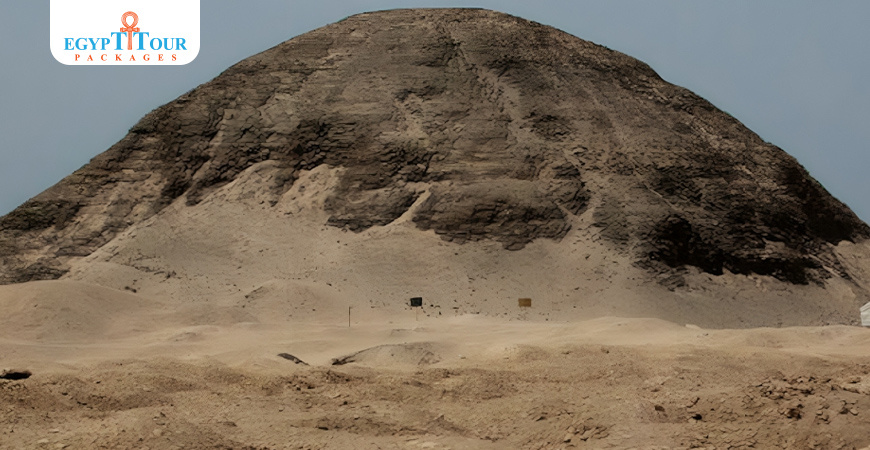


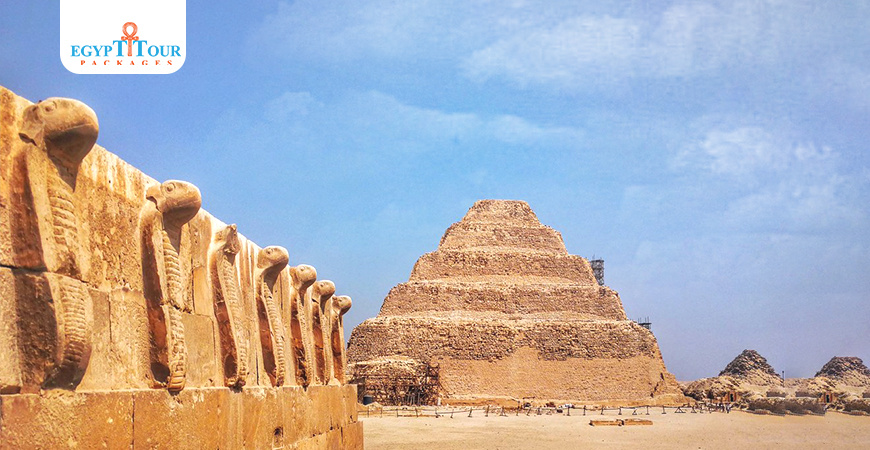







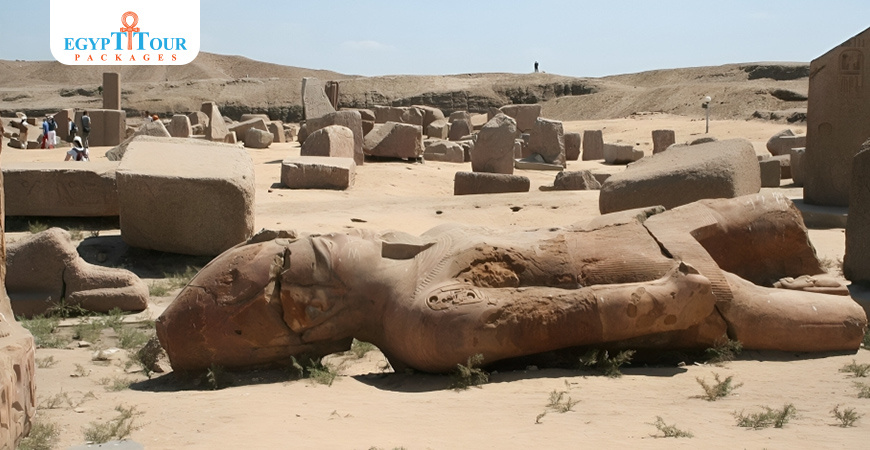


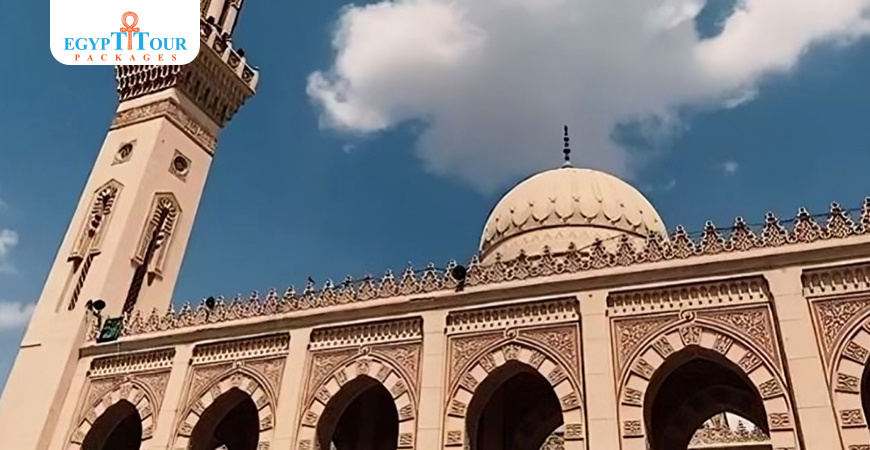


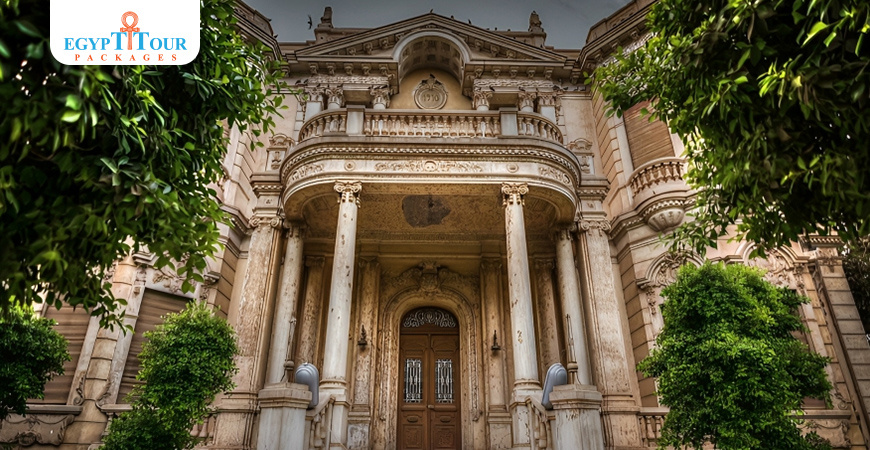
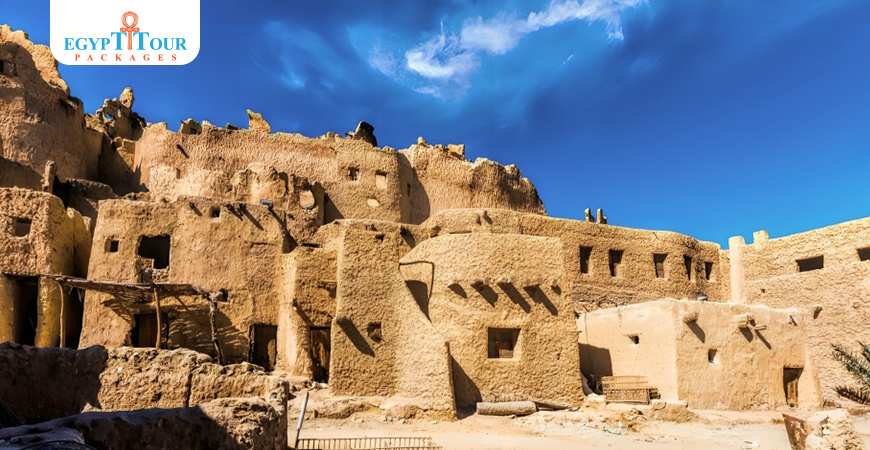
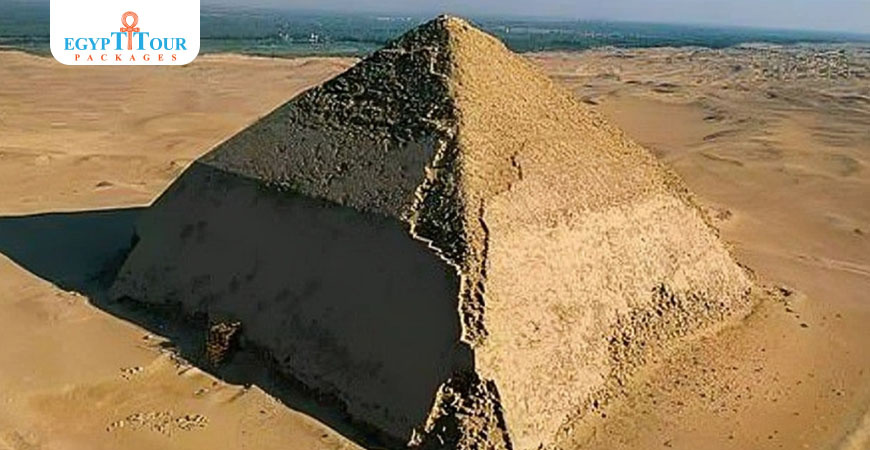
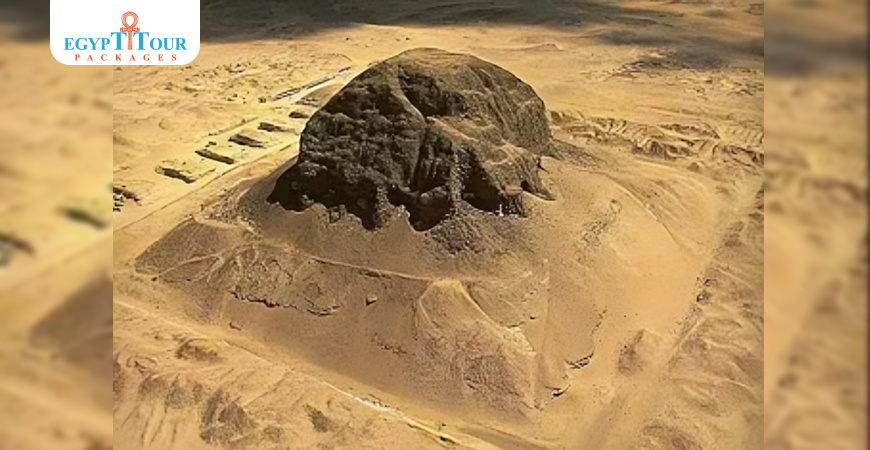
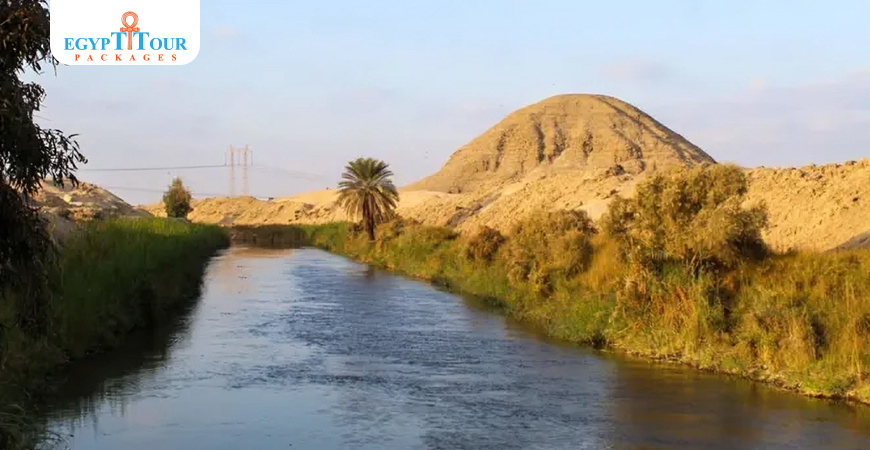


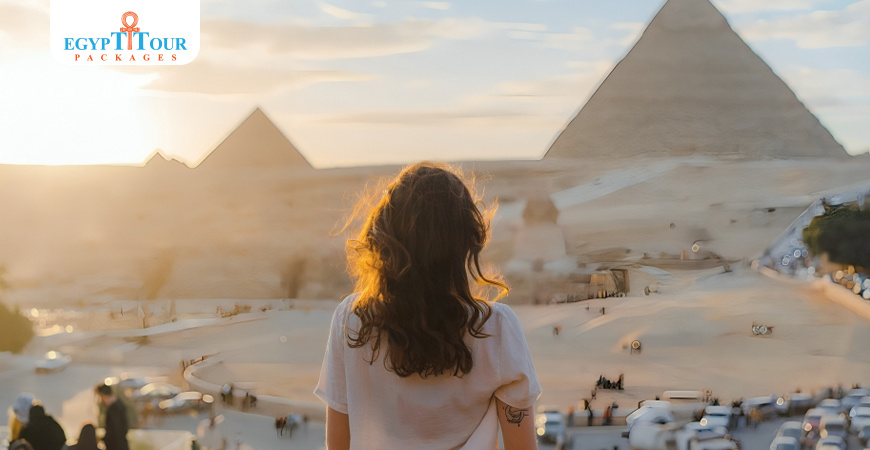
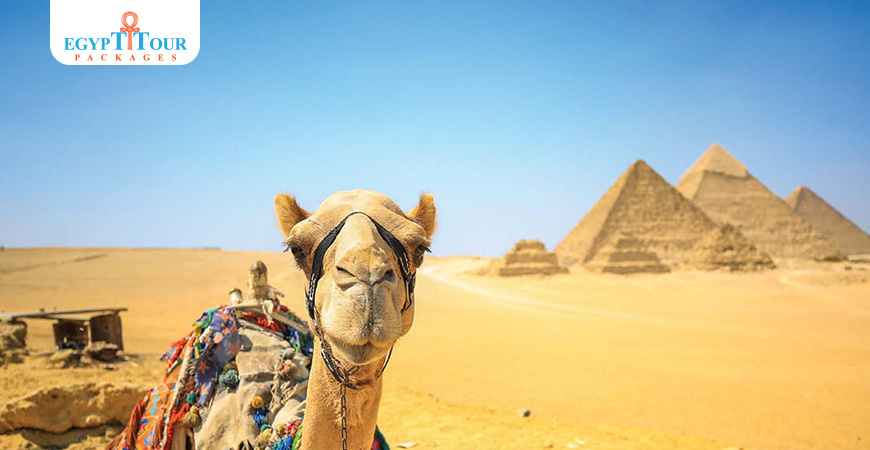











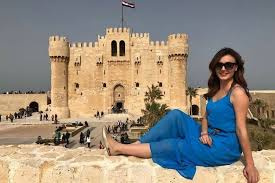

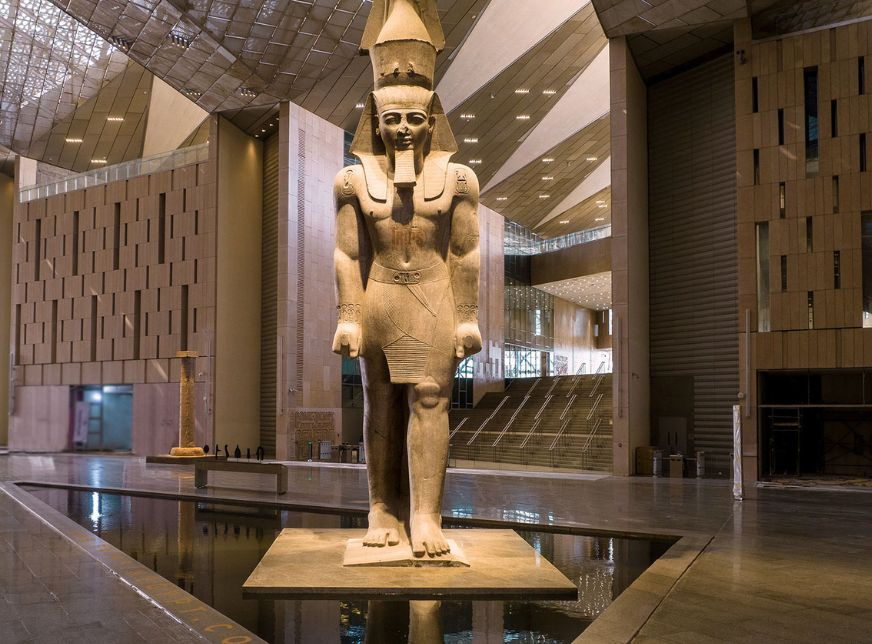


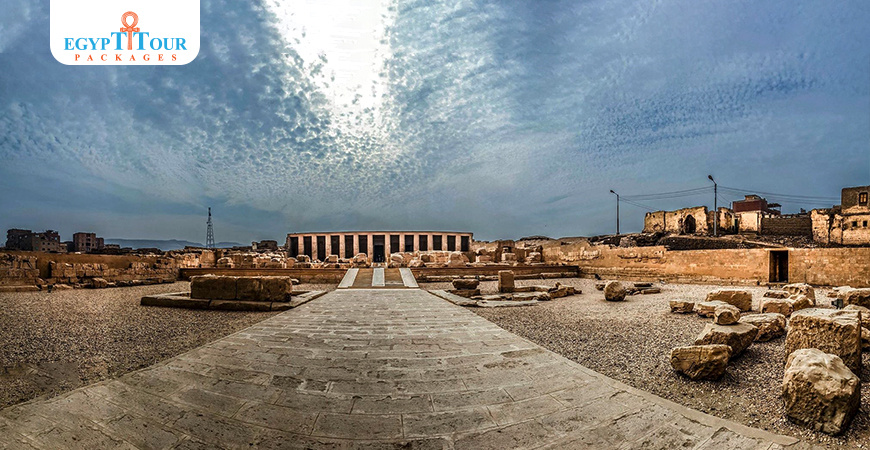
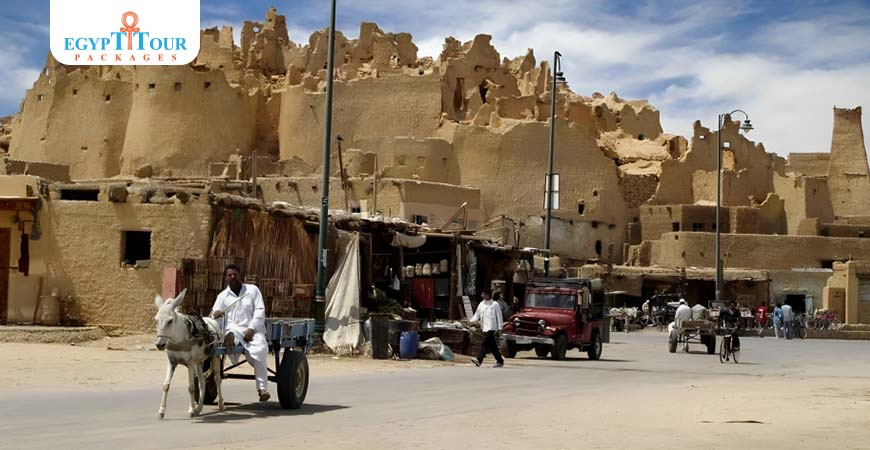


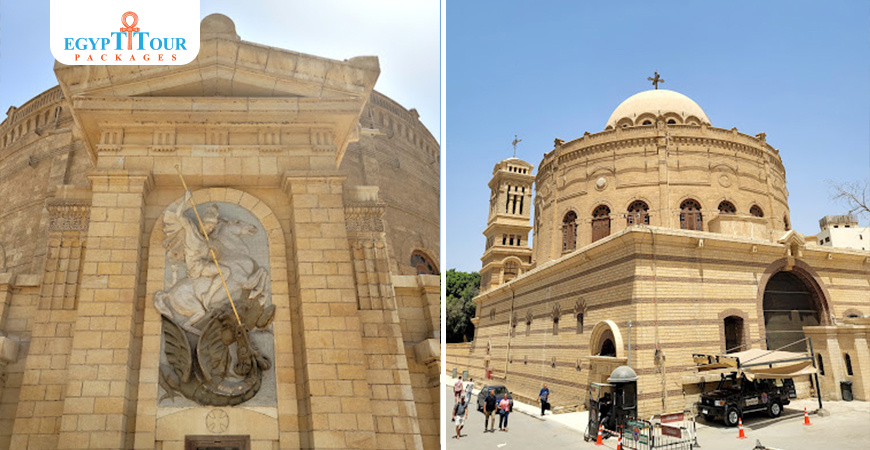

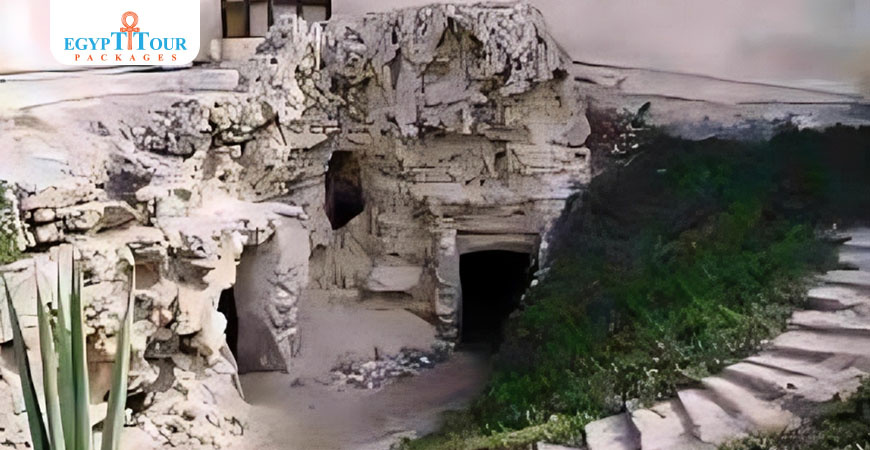








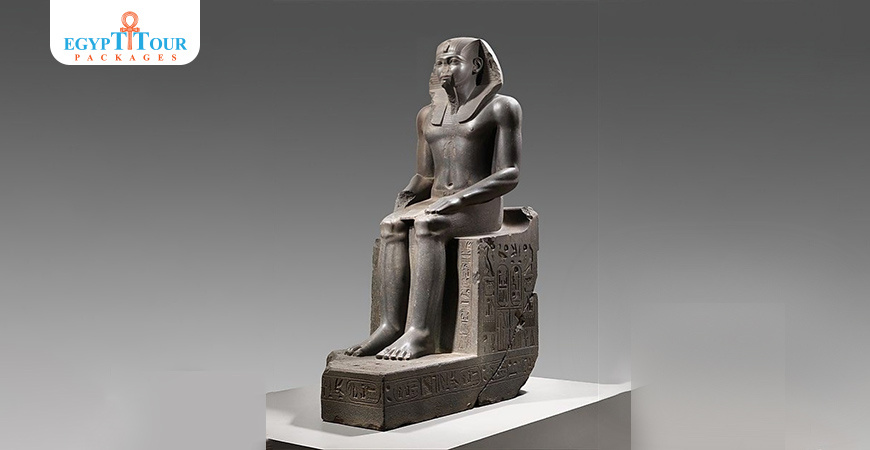
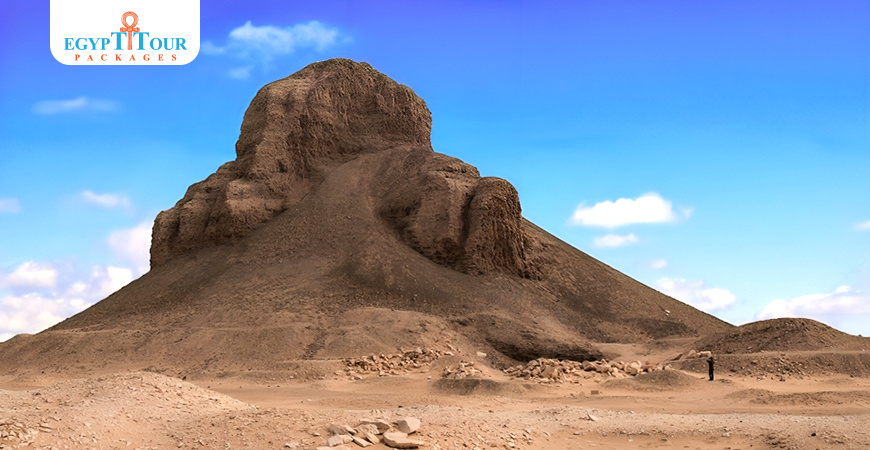

0 Comments